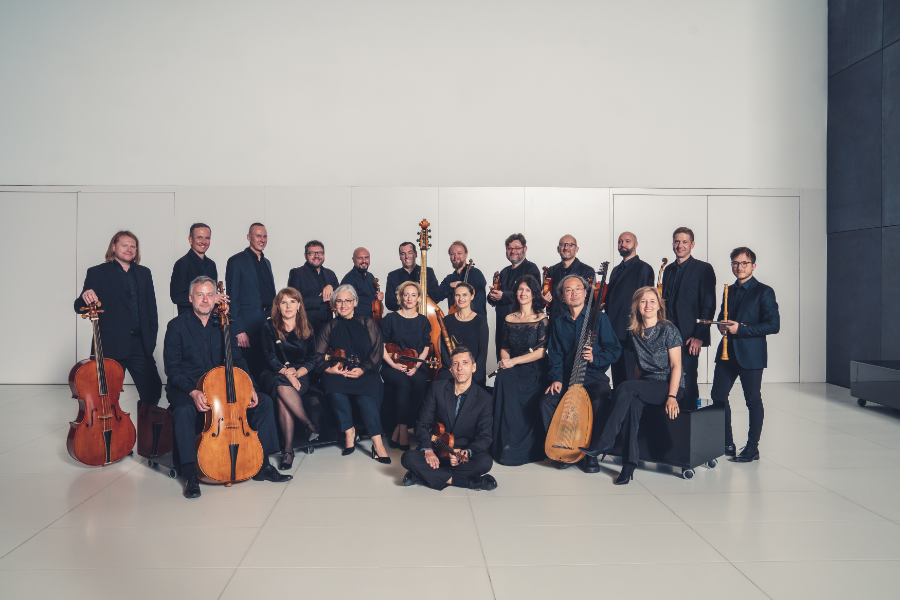The concert of the Wrocław Baroque Orchestra will be an opportunity to listen to the works of four wonderful composers. While the names of Antonio Vivaldi and Johann Sebastian Bach are well known, artists such as Georg Philipp Telemann and Johann David Heinichen are currently less recognizable. What all the composers have in common is that they wrote their works con molti stromenti – for various instrumental combinations, giving fascinating sound effects.
The enormity of Johann Sebastian Bach’s compositional output combined with the high quality of his works provoked Ludwig van Beethoven to say that “he should not be called a stream, but a sea!” (“Bach” is German for stream). A perfect example of the mastery of the Leipzig cantor is the collection of six Brandenburg Concertos, gifted in 1721 to Christian Ludwig, Margrave of Brandenburg. The third of them, thrilling, full of energy, maintained in a bright and joyful key Concerto in G major is written for string instruments – three violins, three violas and three cellos – accompanied by a basso continuo instrument. Antonio Vivaldi was a bit less lucky with accolades by composers to follow. Igor Stravinsky, perplexed by Vivaldi’s prolific output, once said that the red-haired priest did not write five hundred concertos at all, but one concerto five hundred times. Our knowledge of the music of the Italian composer is now better than in Stravinsky’s time, so we know how unfair this opinion is. Two compositions by Vivaldi will be performed during the concert. The first one is the brilliant and charming Concerto in B flat major RV 553 for four solo violins, strings and basso continuo. The Concerto in F major RV 572 is intended for a completely different set of instruments. These are two flutes, two oboes, violin, cello, harpsichord and strings. The work bears the mysterious subtitle Il Proteo, o il mondo al rovescio – Proteus, or the world upside down. Proteus was a shapeshifting sea deity from Greek mythology. Vivaldi referred here to a joke in the notation that he made to artists playing the violin and the cello. The violin part was written in the bass clef (in which the cello part is typically written), and the part of the cello in the treble clef (in which the violin part is written).
Georg Philipp Telemann’s cheerful Concerto in B flat major TWV 44:43 is intended for yet another line-up. It includes three oboes, three violins and an instrument playing the basso continuo part, which resulted in a work in which the parts of the wind instruments intertwine in an intriguing way and compete with the violins. In the slightly melancholic Concerto in B minor TWV 53:h1, the extended solo parts are for two flutes and mandora, a string instrument from the lute family. The event will also be an excellent opportunity to get acquainted with two works by Johann David Heinichen, a German composer active in the late Baroque period. This artist was friends with Bach, he was also Kapellmeister at the court of August II the Strong in Dresden. His Concerto in G major S.217 and Sonata in A major S.208 are cheerful and full of joy.

